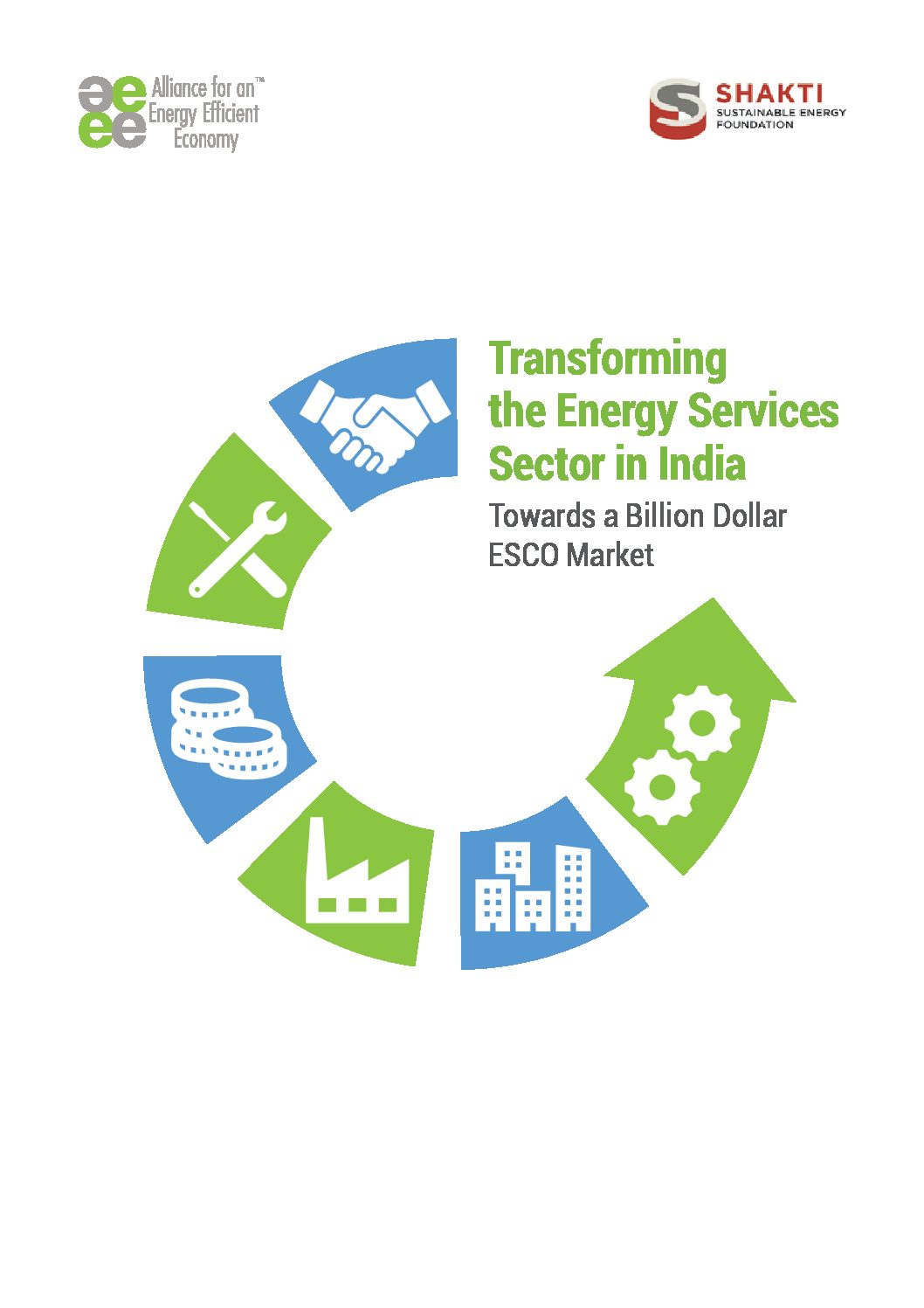The Energy Efficiency market potential in India is estimated to be over $20 billion. However, the actual combined revenues of the Energy Services Companies (ESCO) business is not expected to be more than $150 million. There are 140 empanelled ESCOs but not more than 40 are active. This gap is attributed to the absence of a credible market maker that can enable access to institutional financing for ESCO projects, work with the Government for a strong policy-level push and reduce the inherent trust gap between ESCOs and end-users, characteristic of a nascent market.
Approach
AEEE has been interacting with ESCOs, technology providers, end-users, financial institutions, and policymakers in India to identify ways to transform the ESCO market. This project by AEEE has thrown fresh light on the challenges of the ESCO market, pointing to the need for an industry-neutral organisation to holistically look at and roll out execution methodologies at technological, financing, and policy levels. To create effective policies, enable markets, and address the shortage of energy data, AEEE performed a ‘Commercial Building Stock Modelling’ – an unprecedented effort for estimating total commercial energy consumption and built-up area in India. The goal was to draw actionable estimations that help the EE community in government, businesses, and civil society organisations in making investments and policy instruments that augment energy efficiency. Hospitals, hotels, offices, education, retail and religious buildings segments were considered in buildings sectors and energy consumption, and achievable savings from efficient pumping were estimated in agriculture and municipal sectors.
Goal
AEEE aims to create a market transformation model through a collaborative framework that brings together the policy and business worlds of the ESCO ecosystem. Through a two-pronged strategy of business-driven and technology-driven enablement, AEEE intends to create a $0.5 billion ESCO market over 5 years.
Impact
The enablement is expected to have sustainability as well as a social impact spawning 100 new energy services companies while avoiding 300 MW of generated capacity and 1.1 million metric tons of carbon.
ESCONet Portal
The ESCONet portal brings together the different stakeholders of the EE ecosystem under one roof – Service Providers, Technology Providers, Startups, End Users, Financiers, Policy makers and Influencers. This is envisaged as a collaborative platform to spark discussions and dialogue, and provide space for announcements and success stories. It has the potential to evolve into a peer-learning platform, enabling the creation of a country-wide repository of energy efficiency data and a marketplace for energy efficiency.
